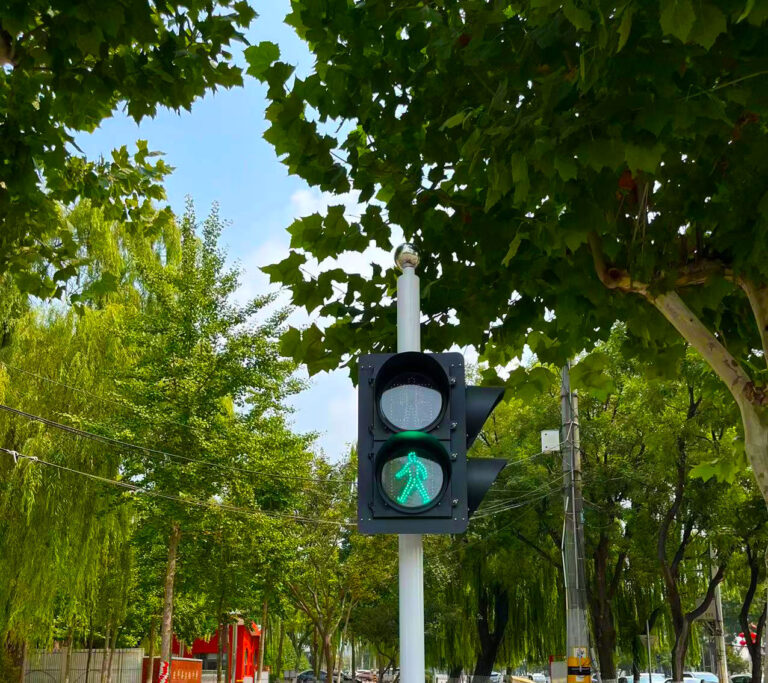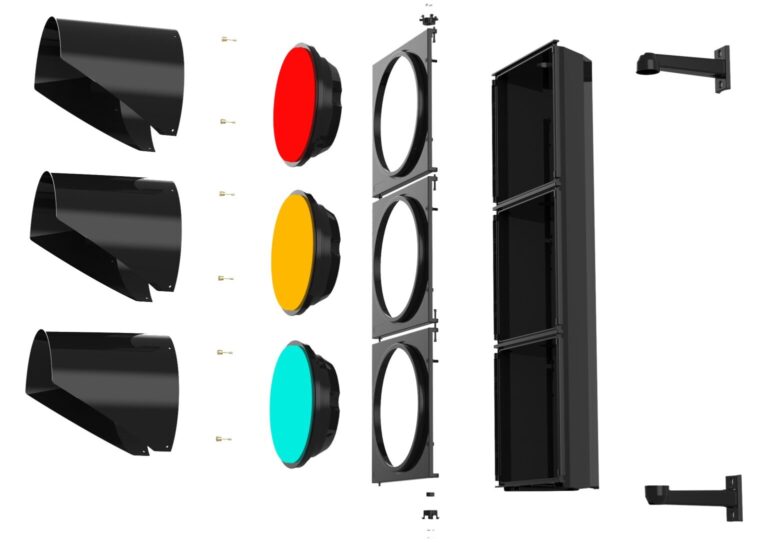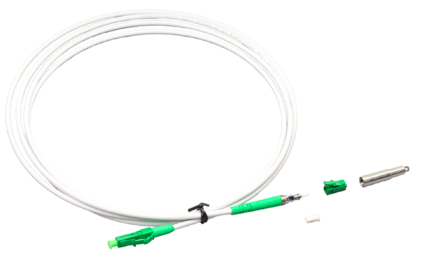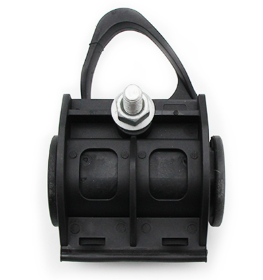For many athletes, the choice of sunglasses might seem minor. However, when cycling over long distances at speeds exceeding 40 km/h, the difference between cycling-specific sunglasses and regular sports eyewear becomes significant. Eye protection, comfort, and visual clarity can directly impact performance, safety, and endurance. This article examines why cycling sunglasses are specialized, how they differ from regular sports sunglasses, and what riders should consider when choosing eyewear.
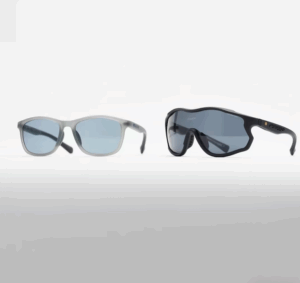

Why Regular Sports Sunglasses May Fall Short
Cycling exposes riders to unique conditions: rapid wind changes, flying debris, sunlight glare, and variable lighting over different terrains. Regular sports sunglasses are generally designed for static or moderate-intensity activities such as jogging or casual tennis, where:- Speeds rarely exceed 25 km/h
- Sudden changes in light or wind are minimal
- Eye protection against debris is less critical
How Lens Technology Shapes Cycling Performance
- Tint, Contrast, and Visibility
- Polarization and Anti-Glare Properties
- Durability and UV Protection
Frame Design: More Than Just Comfort
- Weight Distribution and Stability
- Ventilation and Sweat Management
- Aerodynamics and Wraparound Protection
Advanced Features That Enhance the Riding Experience
- Interchangeable and Photochromic Lenses
- Mirror Coatings and Specialized Treatments
- Supplier Expertise
Making the Right Choice
Choosing cycling-specific sunglasses is not just about style—it directly impacts comfort, safety, and endurance. Riders should consider:- Lens VLT and tint versatility for changing light conditions
- Polarization and UV protection for glare reduction and long-term eye health
- Lightweight, stable frames with effective ventilation
- Advanced features such as interchangeable or photochromic lenses


